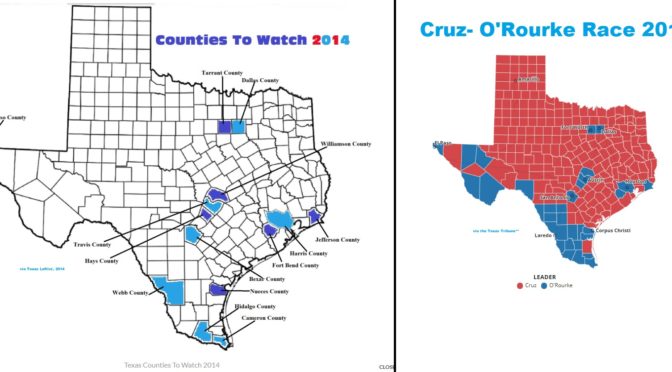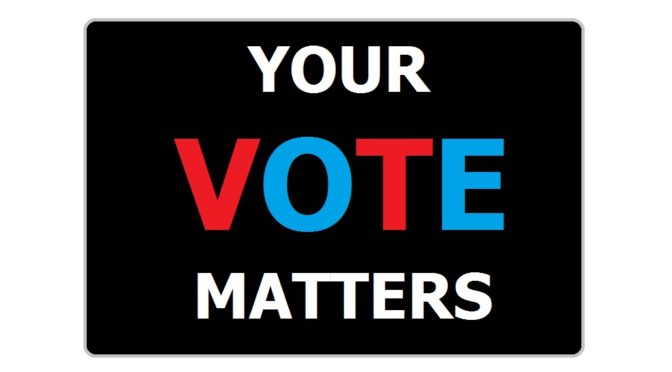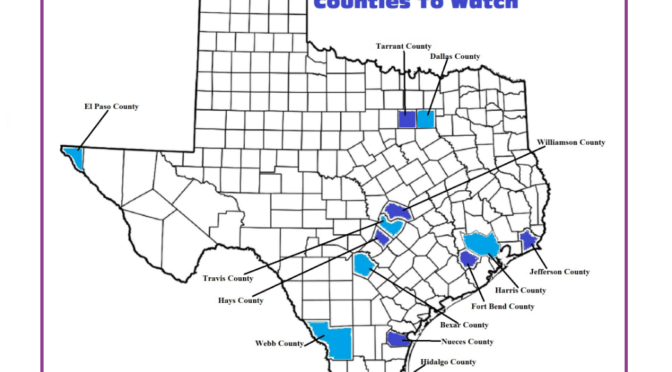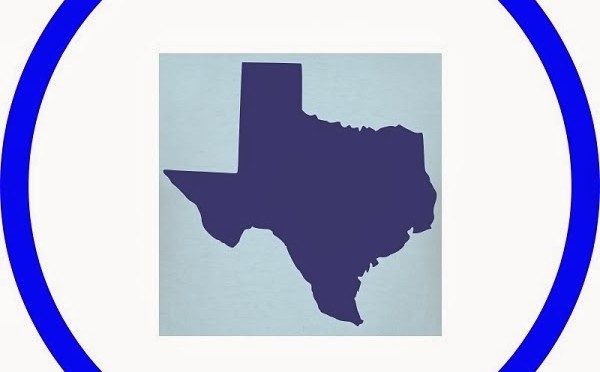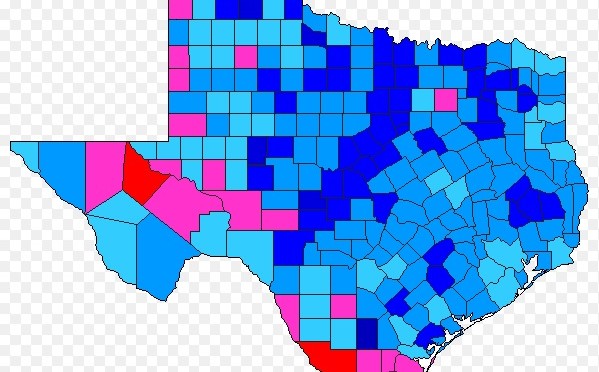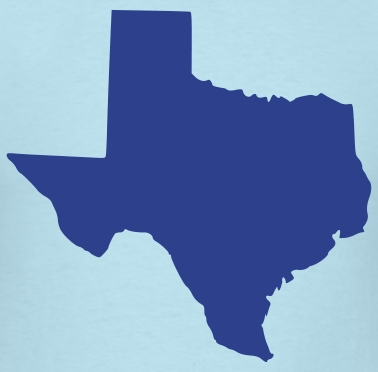Just before the 2014 Election, I wrote a post about how Texas was inching ever closer to Swing State status. Battleground Texas was hard at work, and as a result, Voter Registration had reached historic highs for a mid-term Election Cycle. Then-Gubernatorial candidate Wendy Davis was hard at work, especially … Continue Reading ››
President Obama Urges Black Community to VOTE
In case you forgot Texas, today is Election Day. Across the Lone Star State, voting is already happening like never before. As of Thursday evening, over 3.7 million Texans had already voted. This shatters previous records from 2012 when 3.1 million residents voted early, and there's still one full day of early voting results … Continue Reading ››
Think SWING Texas– 2016??
If you've followed the blog, it's been a frequent subject of discussion, and frankly, a sincere hope...
Will Texas ever become a Swing State??
Back when I first discussed the topic in 2012, here was the rationale: With over half of the state's population now concentrated in the 13 largest counties, the potential for Texas to … Continue Reading ››Texoblogosphere: Week of October 10th
The Texas Progressive Alliance has never said anything like what Donald Trump said to Billy Bush when they thought no one was listening, not in a locker room and not anywhere else. No decent person says things like that because no decent person thinks like that or acts like that. What the TPA does say … Continue Reading ››
Turning Texas Blue is About Texas, Not Expats
A new piece in the New York Times takes a look at recent migration patterns to Southern states, and suggests that the reason for Virginia and Florida's quick path to swing status is based more on their migratory patterns than anything else. Here's the post from Nate Cohn...
Continue Reading ››
TexWatch 2014: Past the Primaries Part 1
The old saying goes like this...
Democrats fall in love. Republicans fall in line.
Once again, this political principle was on display this week's Primary election. Republicans, as expected, were out in much greater force than their Democrat counterparts, despite all of the hope and anticipation of positive developments … Continue Reading ››
Democrats fall in love. Republicans fall in line.
Once again, this political principle was on display this week's Primary election. Republicans, as expected, were out in much greater force than their Democrat counterparts, despite all of the hope and anticipation of positive developments … Continue Reading ››
Low Bar: Texas ranks LAST in Voter Turnout
No wonder so many Texans have a negative opinion of government. As the old saying goes, you only get what you put in, and Texans don't put in a lot.
In a recent national study, The Daily Texan Online reports that the Lone Star State came in dead last … Continue Reading ››
In a recent national study, The Daily Texan Online reports that the Lone Star State came in dead last … Continue Reading ››
